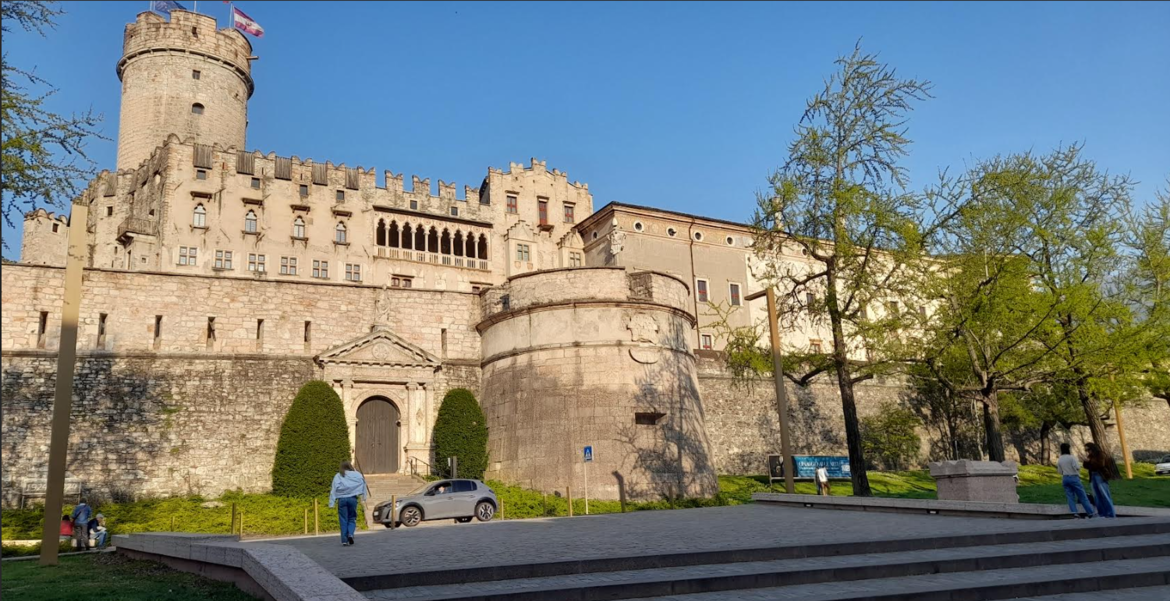The Theatre of Everyday Life - Giacomo Francesco Cipper “Tedesco”
The first retrospective on Cipper "Il Tedesco". He captured a smile even in misery.

Exhibition curated by Maria Silvia Proni, Denis Ton
At last, a comprehensive, documented exhibition focused on an artist, Giacomo Francesco Cipper (Feldkirch, 1664 – Milano, 1736), commonly known as “Il Todeschini” (though he simply signed his pictures as “il Tedesco”).
His works are part of the collections of Europe’s most prestigious museums and major collections of ancient art, although to this day, there are more – sometimes evocative – interpretations of him than real certainties.
Titled “The Theatre of Everyday Life”, the exhibition will be held at Castello del Buonconsiglio, in Trento, from 12th April to 14th September, curated by Maria Silvia Proni and Denis Ton. It brings together works from a major private collection in Milan, as well as from various Italian and international museums and collectors.
“This is not a strictly monographic exhibition – the curators emphasise – rather, it presents, alongside a vast corpus of works by the master, who was primarily active in Milan in the first decades of the 18th century, several canvases by artists from the same cultural milieu, particularly Lombard artists, who either influenced Cipper or took their inspiration from him: Antonio Cifrondi, Felice Boselli, Monsù Bernardo, the Master of the Blue Jeans, and Giacomo Ceruti.
With noteworthy works of talent, such as the unpublished Portrait of a Pilgrim by Ceruti and a lesser-known version of The Spinner by Pietro Bellotti. In addition to paintings, the exhibition features objects that provide insight into the artist’s tangible connection to daily life and material culture, such as musical instruments, begging boxes…”.
Giacomo Francesco Cipper, or Zipper in the Germanic form, was undoubtedly a dynamic artist. He painted scenes of everyday life and real events with an unconventional approach and a free, expressive touch: market vendors, peasants, street peddlers, wanderers, beggars, brawls, music lessons, crafts and trades, card and morra players.
All are protagonists on a stage – the stage of life – where what is represented is not desolation, but rather vitality and amusement. There is undoubtedly an almost provocative vitality in his depictions that is lacking in others: a lively palette, an unconventional nature of the subjects and a sympathy for certain characters, particularly children.
In these “snapshots”, Cipper manages to capture movement and a smile everywhere – life, not sadness. In this he distinguishes himself from the other “Pitocchi” painters and from the great Giacomo Ceruti himself, whom he knew, as they both lived in the same Milanese neighbourhood. “Cipper’s depictions of daily life and still lifes appealed to Italian patrons, but not only.
His works thus became part of the collections of many noble and aristocratic families, in the Lombard area and across Italy. Despite the humble scenes, his patrons and collectors often belonged to the upper echelons of society. T
hrough research conducted for this exhibition, we have discovered that his paintings were held in the galleries of the Colloredo family (Governor of Milan) and the Clerici family in Milan, Pietro Mellarede in Turin, and in the 18th century four of his paintings were already in the British royal collections”, the curators highlight.
One of his paintings depicting a music lesson, which, as early as the 18th century, was housed in Richard Temple’s Stowe residence in England, will be featured in the exhibition. His creations are also appreciated in Austria, Germany, Czechoslovakia, Poland, and even Russia. These paintings are striking for their realism and narrative strength – almost anticipating modern photojournalism – but also for their irony, benevolence, and the positivity of the gaze with which the artist captures situations.
Cipper portrayed poverty without dwelling on degradation. His success led him to “rework” his paintings, inspiring less imaginative and skilled artists to imitate or copy his works. This is why even today the market is flooded with works attributed to the master, undermining his greatness and artistic stature, which this important exhibition intends to properly bring into focus.
Source: www.buonconsiglio.it